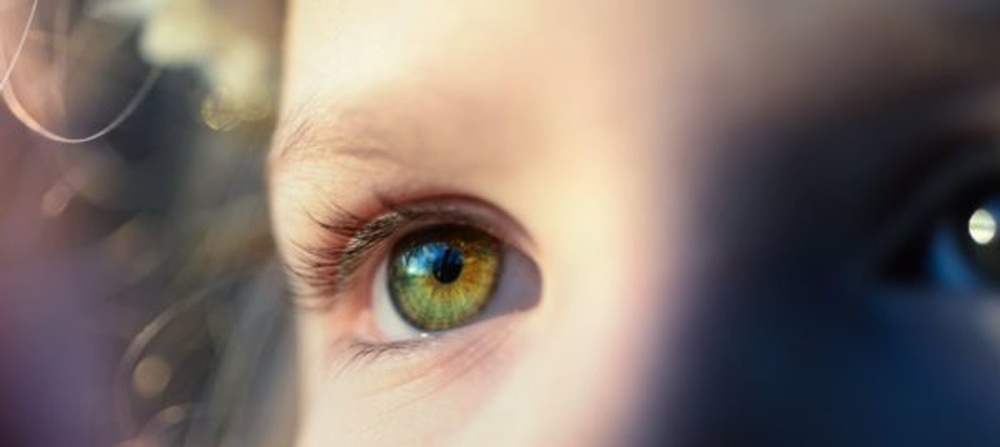Undiagnosed Vision Problems Harm Children in Several Ways

Vision and learning are closely tied together, with an estimated 80% of learning absorbed through visual means. This means that staying on top of any potential vision problems is rather important! Even with OHIP providing free yearly eye exams for all kids, it’s common for eye problems to go undiagnosed for longer than they should.
Vision problems can make many things difficult for your child
From playing sports to reading, so it’s important that you keep a watch for any problems and get them checked out as soon as possible. You might prefer an optometrist specialized in pediatrics.
Common undiagnosed vision problems:
There are many different eye problems that your optometrist can diagnose with a complete exam, but there are a few that are more common than others. If you suspect that any of these are occurring with your kids, contact your eye doctor to get them in for a check up.
- Near- and far-sightedness
- Dyslexia – when letters & words get reversed
- Astigmatism – words are blurred and distorted
- Amblyopia or lazy eye – one eye does more work than the other
- Problems with eyes working together and moving properly
Signs your kids might have an undiagnosed vision problem
Vision problems can be hard for kids to detect themselves. When their vision is the same as it’s always been or declines gradually, it can be easy to not notice. This is why regular eye exams are essential for good eye health. A few signs you may need to schedule an appointment sooner rather than later are:
Is it time for your children to get an eye exam? In Ontario, children’s exams are free – and important. If you’re in Oakville, Burlington or within Halton Region, visit Envision Eye Care!
Trouble reading – frequently losing their place while reading or skipping words can be a sign of astigmatism. You may notice them using a finger to keep their place or having difficulties explaining what they’ve just read.
Frequently rubbing eyes – Rubbing eyes periodically is not a big deal, but if it’s something your child is doing very regularly it can be a sign of some sort of vision problem like dry eyes or blurry vision.
Sitting very close to the TV – If your child often sits very close to the TV that may be because they are having troubles seeing the screen clearly from further away. This could be a sign of astigmatism.
Keeping one eye closed – When both eyes don’t work together as a team it can be easier to see clearly with one eye closed. Kids will likely have a difficult time focusing on objects or words when using both eyes.
A sensitivity to light – An over sensitivity to light can be a sign of any number of vision problems. Constant squinting while in bright rooms or outdoors, a headache that starts when exposed to bright surroundings and a general discomfort that doesn’t fade once they’ve gotten used to it are signs that an optometrist appointment is needed.
Regular headaches – If they are squinting often or straining to see things clearly, your child might experience headaches on a regular basis.
Potential impacts of an undiagnosed vision problem in kids:
- Difficulty playing sports– they may struggle with catching a ball or making a shot
- Falling behind at school
- Suffering headaches and sore eyes
- Problems reading, whether for education or hobby
- Difficulty comprehending what they are reading
- Feelings of low self esteem
If you sense vision problems, see an optometrist!
As you can see, getting your child’s potential vision problems diagnosed as early as possible is important, both for their physical and psychological well being. Catching a problem early sets your child up for the best opportunities for success and development.
If you notice any of the concerns listed above, contact your optometrist to make an appointment to get their eyes checked, and be sure to have them get checked out yearly just in case!